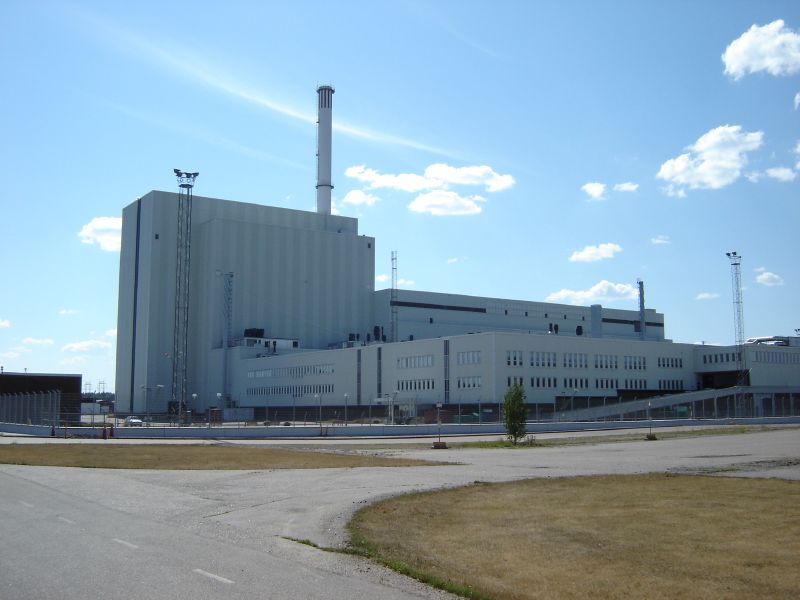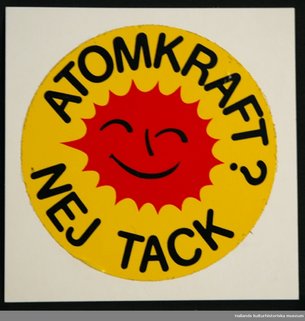Nuclear Power in the Nordic countries
Of the Nordic countries, only Finland and Sweden have developed nuclear powered electricity generation capacities. The decisions to do so were shaped by at least three factors: both countries' lack of domestic fossil fuel resources; limited hydro-electric capacity; and the ever-increasing domestic and commercial electricity demands. A fourth factor that has become increasingly important is the commitment in these countries to develop clean energy sources and eliminate entirely the use of fossil fuels – in part to combat climate change.

Sweden brought twelve reactors on line between 1970 and 1985. Eight remained in operation in 2019. Finland built four between 1977 and 1980. A fifth was approved by parliament in 2002, but was not scheduled to go into operation until 2020. Two further reactors are in the planning stages at the time of writing. At the close of the second decade of the 21st century, both Nordic countries were heavily dependent on nuclear energy for the generation of electrical power: around 40% in Sweden and 34% in Finland.
Extensive criticism of nuclear power erupted following the March 1979 accident at the Three Mile Island facilities in the U.S. and increased after the disasters at Chernobyl in 1986 and at Fukushima Daiichi in 2011. The Chernobyl events had direct environmental impact on Finland and Sweden, in face. Criticism was also intenzified as a result of growing concerns about the storage of spent fuel. Sweden, especially, entered into public and political debates that continue to the present day. A national advisory referendum was held in September 1980. However, the options presented only offered differing levels of cutbacks, and the results were inconclusive. Following the vote, the non-socialist coalition government’s plan to phase out all atomic plants by 2010 was adopted. Since then, however, repeated compromises have been reached; a 1994/5 parliamentary commission concluded that a phase-out of the plants was impossible, and the parliament passed a measure cancelling the phase-out in June 2010. Four Swedish reactors have been shut down, but plans remain to maintain at least six in operation into the 2040s. Finland has no plans for closing down its reactors.

PICTURE: The iconic red and yellow sticker was part of the Swedish campaign against nuclear power in the 80s. Photo: Hallands kulturhistoriska museum. CC BY-NC-ND 4.0
Opposition to the development of atomic power remains significant in both Finland and Sweden. The public debate over the question continues in both countries, but at different levels. A majority of Finns support the development of atomic plants, and the parliament there has approved the building of new ones, albeit by rather close margins.
Although the polls vary, a significant minority of Swedes are opposed to nuclear power, and every action by the government generates heated public and political debate. It is clear that any generating capacity lost through the closure of an atomic plant will have to be offset, either through imports or utilization of alternative domestic sources. The most popular alternative energy options are the most environmentally friendly ones (wind, geothermal, solar, and hydro), but all of these raise challenges. The easiest sources of replacement power are fossil fuel plants, but these are the worst polluters, especially in terms of greenhouse gases. In both countries, energy and environmental policy are linked. At the same time, the economic costs closures pose are seen by many to be unacceptable. Pro-nuclear advocates argue closures will drive up energy production and consumer costs. These changes will, in turn, hurt domestic markets and international competitiveness and lead to unemployment.
Further reading:
- W. Nordhaus, The Swedish Nuclear Dilemma: Energy and Environment (Baltimore: Johns Hopkins University Press, 1997).